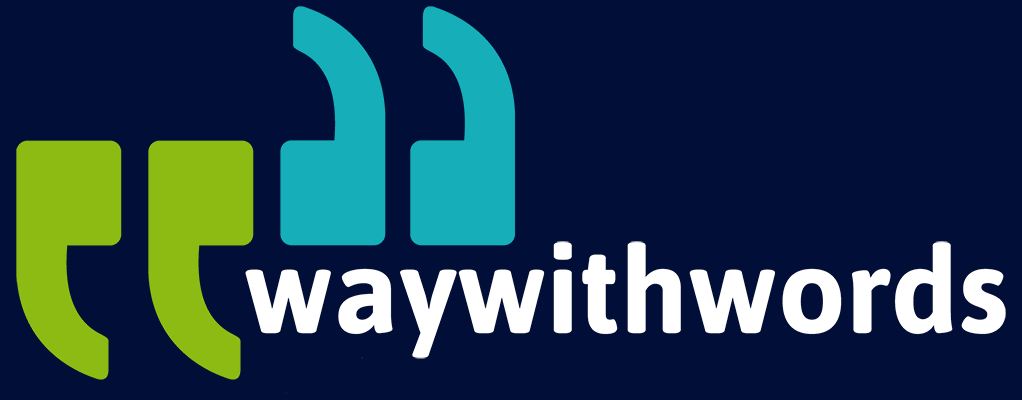What Speech Data Is Used for Language Identification?
Challenges of Training Language Identification Speech Systems
As our world grows more interconnected, communication across languages has become a daily reality. From answering a helpline call in Johannesburg to navigating an app in Tokyo, people expect seamless interaction regardless of the language they speak. Behind this convenience lies a technology that many do not notice: language identification (LID).
At its simplest, LID is the task of detecting what language is being spoken from just a sample of audio. Yet the process is anything but simple. Developers must train systems on extensive voice datasets, often in speech collection with the consent of speakers they recorded, that capture the many features distinguishing languages, from phonetics to prosody. This article explores what speech data is used for language identification, the challenges of training such systems, and the industries that depend on them.
What Is Language Identification (LID)?
Language identification is the process of determining the spoken language from an audio segment without needing any additional context. Unlike speech recognition, which converts spoken words into text, LID focuses only on which language is being spoken.
To illustrate:
- When a multilingual voice assistant hears a command, it must first decide whether the speaker used English, Spanish, or Mandarin before attempting recognition.
- In a call centre, an incoming call might be in Portuguese. The system instantly detects this and routes the caller to a Portuguese-speaking agent.
- In multilingual societies, such as South Africa, LID also deals with code-switching—where speakers naturally switch between isiZulu, Afrikaans, and English within the same conversation.
Humans identify languages almost instinctively, using a mix of rhythm, intonation, and familiar words. Machines, however, need carefully labelled speech datasets to learn these distinctions. These datasets teach models the acoustic and linguistic markers of different languages so that detection can happen automatically, often in less than a second.
Without LID, multilingual systems break down. Imagine a French speaker trying to use an English-only transcription model: the results would be inaccurate and frustrating. In this way, LID acts as the foundation of any multilingual voice-enabled system.
Key Features in LID Speech Datasets
For a machine to learn how to identify languages, the training data must capture the features that make each language unique. These features extend beyond words into the sound system, rhythm, and even the way sentences are structured.
- Language tags: Each sample in the dataset is labelled with the correct language. Without reliable tagging, training becomes impossible.
- Phonetic patterns: Languages differ in sound inventories. Arabic has emphatic consonants, Mandarin is tonal, and isiZulu uses clicks. Datasets must capture these patterns across a range of speakers.
- Syntax and sentence structure: The way words are ordered provides cues. English typically follows subject-verb-object (“She eats rice”), while Japanese prefers subject-object-verb.
- Prosody and intonation: Rhythm, stress, and pitch help distinguish languages. Italian’s melodic intonation contrasts with German’s clipped rhythm.
- Acoustic markers: Elements such as vowel length, syllable timing, and nasalisation often vary between languages and must be reflected in the recordings.
The most effective datasets are also diverse:
- Speaker variety: Male and female voices, different age groups, and multiple regional accents ensure that models generalise beyond a narrow training base.
- Contextual variety: Datasets must include speech from formal settings (lectures, news broadcasts) and informal conversations (casual chats, phone calls).
- Environmental diversity: Noise levels, recording devices, and compression artefacts replicate real-world conditions.
By combining these features, datasets build resilience into LID systems. The result is a model capable of distinguishing between dozens—or even hundreds—of languages under practical conditions.
Data Requirements and Challenges
Collecting and curating datasets for spoken language detection presents several challenges. Some are linguistic, while others relate to the realities of technology and recording.
- Short audio clips: Many LID systems must classify a language from just a few seconds of audio. Unlike long sentences, short clips give models fewer clues. Datasets must therefore emphasise short samples to train systems for real-world applications.
- Code-switching: In multilingual regions, switching between languages mid-sentence is common. For example, a Kenyan speaker might alternate between English and Kiswahili. Capturing and annotating this behaviour is essential for building robust systems.
- Accent overlap: Accents within a single language can vary widely. English alone has dozens of accents, from Australian to Nigerian. Worse, some languages share similar sounds, such as isiXhosa and isiZulu. Datasets must include regional accents and dialects to prevent confusion.
- Closely related languages: Hindi and Urdu, or Dutch and Afrikaans, sound extremely similar. Without sufficient contrastive examples, systems may struggle to distinguish them.
- Noise and quality: Real-world audio often comes with background chatter, poor microphone quality, or compressed signals. Datasets must include both clean and noisy samples to prepare models for deployment.
Low-resource languages pose an additional challenge. While English, French, and Mandarin have abundant data, many African and indigenous languages remain underrepresented. Without targeted collection efforts, these languages risk being left behind in global digital systems.
Addressing these challenges requires thoughtful design. Developers must seek balanced datasets that cover both widely spoken and marginalised languages, ensuring inclusivity in digital communication.

LID Training and Evaluation Metrics
Once datasets are assembled, the next step is training and evaluating LID systems. Accuracy alone is not enough. Developers use multiple metrics to measure performance and identify weaknesses.
- Precision: Of all the times the system predicted a language, how often was it correct?
- Recall: Of all instances of a language in the dataset, how many did the system correctly identify?
- Confusion matrix: A table showing which languages are misclassified as others. This highlights problematic overlaps—such as isiZulu frequently misclassified as isiXhosa.
- Reaction time: For live applications such as call routing, detection must be nearly instant. High accuracy with slow response is unacceptable.
- Clip length testing: Accuracy typically decreases with shorter clips. Developers evaluate models at varying lengths to set realistic thresholds.
Benchmark datasets exist for common languages, but in many industries, custom datasets are needed. A telecom provider in West Africa may prioritise Wolof, Hausa, and Yoruba—languages absent from many global benchmarks. Similarly, security agencies may need LID systems for less common languages relevant to specific regions.
Continuous evaluation is also critical. As accents evolve and recording conditions change, models must be updated with fresh data to maintain performance.
Applications in Telecom, Security, and Multilingual Interfaces
The importance of spoken language detection becomes clear when examining its applications. Industries ranging from telecommunications to education rely on LID every day.
- Telecom and call routing: Call centres serving international clients use LID to automatically detect a caller’s language and transfer them to the right agent. This reduces wait times and improves customer satisfaction.
- Speech transcription services: Multilingual transcription depends on LID to determine which recognition engine to apply. Without it, transcripts would be riddled with errors.
- Security and surveillance: Intelligence services and emergency systems rely on LID to flag conversations in target languages, providing vital situational awareness.
- Multilingual user interfaces: Voice assistants, apps, and software platforms use LID to switch seamlessly between languages, enhancing accessibility for global users.
- Education technology: Language learning apps rely on LID to detect when learners switch between their mother tongue and a target language, providing more accurate feedback.
As globalisation accelerates, the demand for accurate and fast LID will only increase. Future applications may include healthcare (triaging patients in multilingual hospitals), public transport (real-time announcements in the passenger’s language), and beyond.
Final Thoughts on Spoken Language Detection
Spoken language detection underpins the smooth functioning of countless systems we now take for granted. From call routing to smart assistants, it allows machines to recognise and adapt to human diversity in communication. Yet behind this capability lies one critical resource: the voice dataset for LID.
By collecting and curating speech data that reflects phonetics, prosody, sentence structure, and acoustic patterns, developers can build systems that work reliably across languages and contexts. Challenges remain—especially with short clips, code-switching, and underrepresented languages—but the field is advancing rapidly.
Ultimately, language identification is about more than technology. It is about inclusion. By ensuring that all languages, from global to local, are represented in datasets, we make digital systems accessible to everyone.
Resources and Links
Wikipedia: Language Identification – This page offers a broad overview of techniques used to identify the language of spoken or written content. It outlines common algorithms, discusses applications across natural language processing, and provides useful background reading for developers and researchers.
Way With Words: Speech Collection – Way With Words provides high-quality speech collection services tailored to the needs of AI and speech technology developers. Their datasets are multilingual, carefully annotated, and designed to capture the complexity of real-world speech, including accents, dialects, and varied environments. For those building LID systems, their solutions support both large-scale data needs and niche language requirements.
